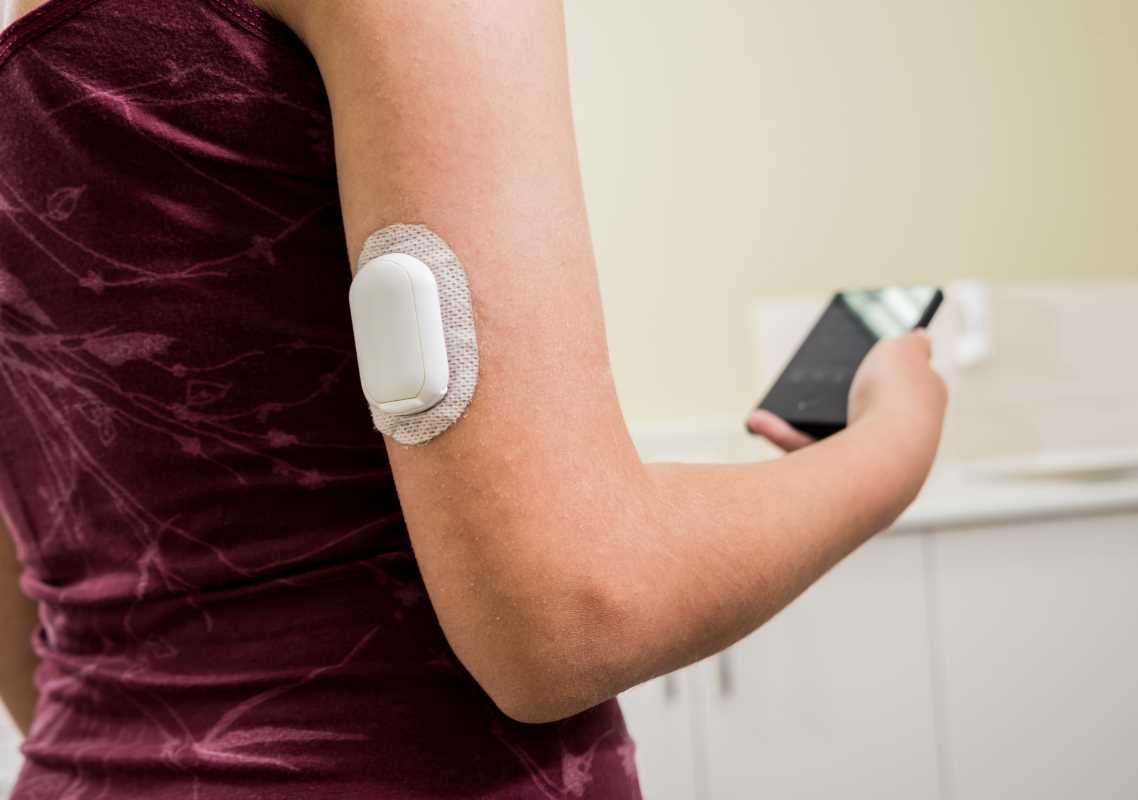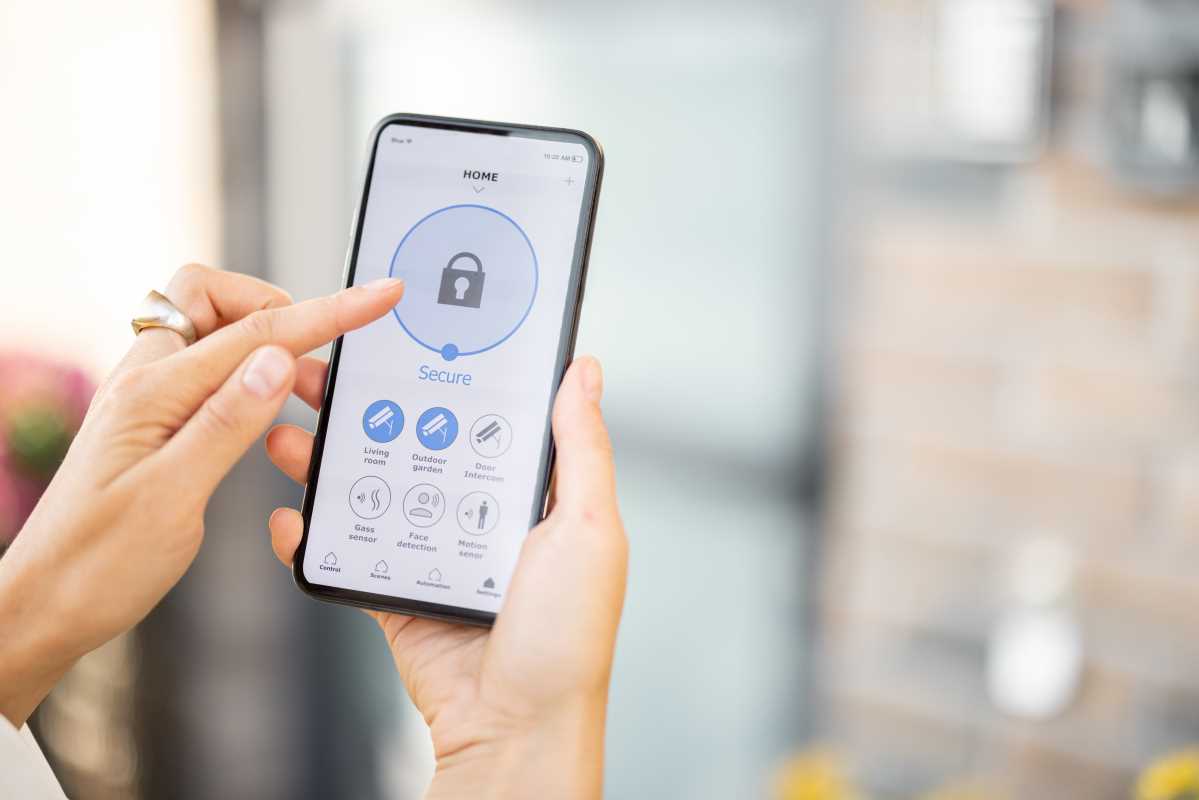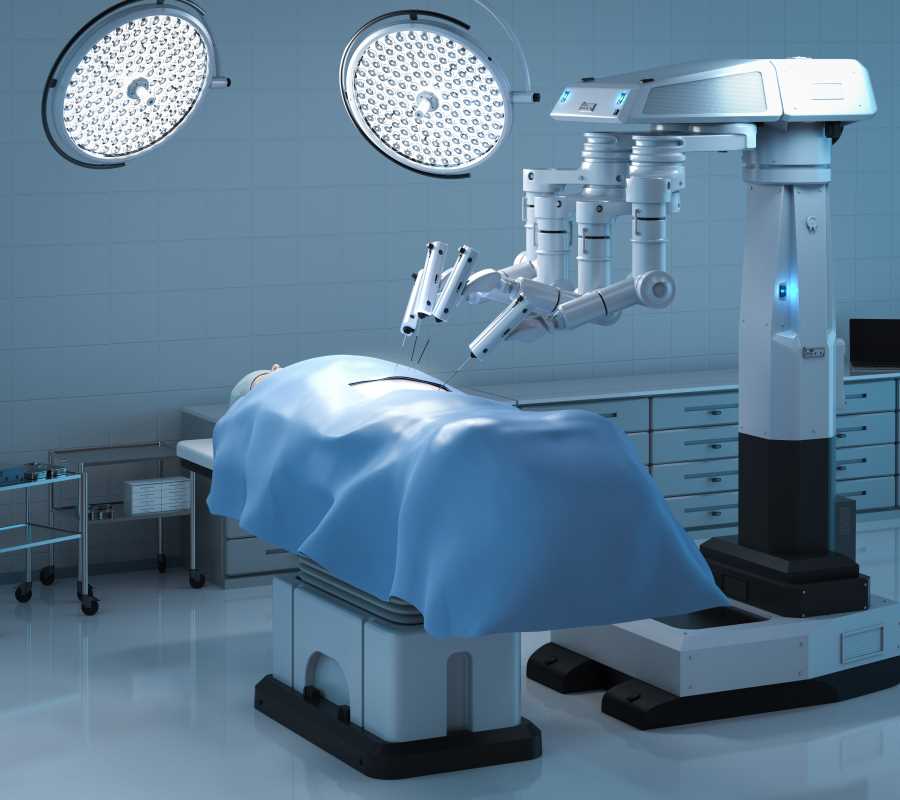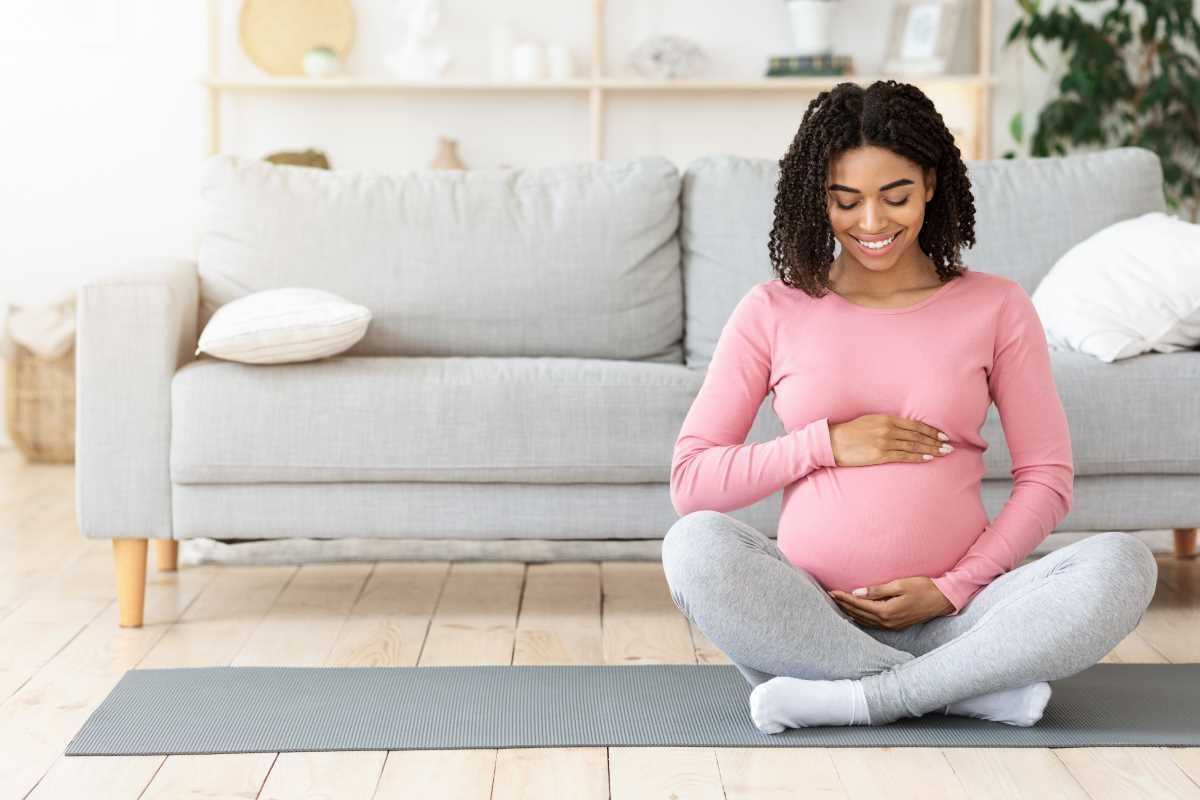Trouble sleeping can feel like a never-ending cycle. Tossing and turning at night can lead to exhaustion during the day, making it harder to shut off your brain when bedtime comes around again. Millions of people struggle with insomnia, but a new approach is making waves in treatment. Digital therapeutics, or technology-based solutions, are helping people tackle sleep problems right from the comfort of their homes. These tools are much more than simple sleep trackers. They include innovative devices and apps that actively work to improve your sleep in scientifically-backed ways. Here’s an in-depth look at digital therapeutics in insomnia treatment and the specific tools making a difference.
Understanding Insomnia and Why Digital Tools Help
Insomnia isn’t just a matter of feeling tired. It’s a condition that affects your ability to stay or fall asleep consistently. Chronic insomnia can lead to serious health problems, like weakened immunity, heart issues, and mental health challenges. Traditional treatments include medications, cognitive behavioral therapy for insomnia (CBT-I), and lifestyle changes. But for many, these aren’t enough or are hard to access regularly.
This is where digital therapeutics step in. Using advanced algorithms, sensors, and guided programs, digital devices deliver customized support to tackle the root causes of insomnia. They make therapy more accessible, affordable, and engaging by combining convenience with precision.
Digital Therapeutics Leading the Way
Exciting innovations are already transforming how people address sleep issues. These technologies integrate insights from sleep science with user-friendly designs, helping users track, understand, and improve their sleep patterns. Below are some key devices and apps actively battling insomnia.
1. Headspace and Its Sleep Programs
Headspace is a well-known mindfulness app, but its sleep-focused tools have gained significant attention. Designed to help users who have trouble calming their minds, Headspace’s sleep features include guided meditations, bedtime sounds, and visualizations designed to lower mental activity. Sleepcasts, which are audio bedtime stories combined with relaxing sounds, are particularly effective.
Why it works:
Headspace uses proven meditation techniques to break the stress-sleeplessness cycle, calming the nervous system and setting the stage for better rest. The app delivers gradual improvements rather than quick fixes, making progress sustainable and natural.
2. CBT-I Coach App
CBT-I Coach is based on the principles of cognitive behavioral therapy for insomnia. This app provides tailored exercises and logs that help identify thought patterns and habits responsible for poor sleep. Users track their sleep patterns, complete exercises to counter negative thoughts, and learn skills to improve sleep hygiene.
Why it works:
By addressing both mental and behavioral factors, CBT-I Coach gets to the core of insomnia. Unlike medication, which masks sleep issues, this app helps users adopt sustainable techniques scientifically proven to improve sleep quality.
3. Oura Ring
The Oura Ring is a sleek and discreet wearable that prioritizes sleep tracking and recovery optimization. This smart ring uses sensors to measure sleep cycles, heart rate variability, and body temperature throughout the night. The app then compiles this data into easy-to-read reports and personalized insights.
Why it works:
Tracking sleep patterns gives users the ability to identify triggers that worsen insomnia, like late-night caffeine consumption or irregular schedules. The Oura Ring also encourages healthier bedtime routines and activity levels during the day for better results at night.
4. Dodow Sleep Aid Device
Dodow is a small, round device that sits on your nightstand and emits rhythmic light patterns on the ceiling. The light guides users through slow, controlled breathing exercises designed to reduce an overactive mind and trigger relaxation.
Why it works:
Combining breathing exercises with visual focus helps reduce stress hormones, making it easier to fall asleep without medication. The simple design ensures accessibility for users of all ages.
5. Muse S Headband
Muse S is a soft, wearable headband equipped with EEG sensors that track brain activity. This device offers real-time biofeedback, providing guided meditations and relaxation techniques based on how active your mind is. Features include Sleep Journeys, audio tracks designed to guide users into deeper relaxation.
Why it works:
By helping users track their mental states and practice mindfulness in real time, Muse S reprograms the brain to naturally unwind at bedtime. The personalized feedback ensures the sessions adjust to the user's needs, making it an advanced tool for deeper sleep.
6. Somnox Sleep Robot
Somnox takes a unique approach with a cuddly, bean-shaped robot designed to help users feel calm in bed. This device mimics the rhythm of breathing, gently guiding users to sync their breathing to a slower, more relaxed pace. It also plays soothing music or white noise to create a tranquil sleep environment.
Why it works:
The tactile feedback and rhythmic breathing promote relaxation by activating the parasympathetic nervous system, which is responsible for calming the body. The Somnox robot helps users feel less alone in their struggle with insomnia, offering both comfort and functionality.
7. Light Therapy Devices
Light therapy clocks, like the Philips SmartSleep, improve sleep by regulating the user’s circadian rhythm. These devices simulate natural sunrise and sunset cycles to align the body’s internal clock. Morning-wake features ensure users start their day refreshed, while evening settings prepare the body for rest.
Why it works:
Mimicking natural light exposure helps regulate the production of melatonin, the hormone essential for sleep. A properly set circadian rhythm leads to better sleep consistency over time.
The Future of Digital Innovation in Sleep Therapy
With the rapid advancements in digital health, the future holds even more promise for battling insomnia. Combining artificial intelligence with digital therapeutics could pave the way for hyper-personalized sleep treatments. Devices may:
- Automatically adapt to changing needs by analyzing user data.
- Integrate more biometric measurements, like stress levels and hormone balance, for holistic sleep solutions.
- Seamlessly connect with other health tech to offer comprehensive wellness tracking.
AI-powered chatbots could guide users through episodes of late-night anxiety or provide immediate relaxation techniques. Portable, affordable devices could make sleep therapy just as accessible in rural communities as in urban centers.
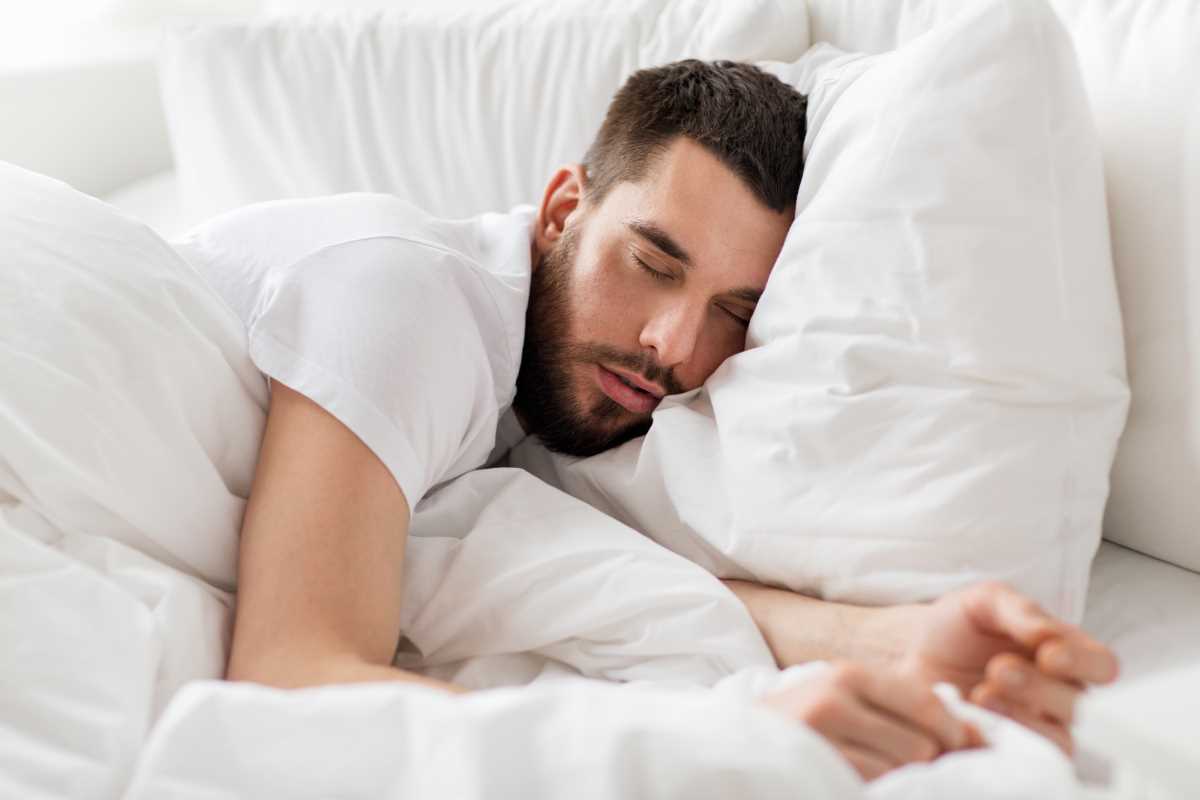 (Image via
(Image via
